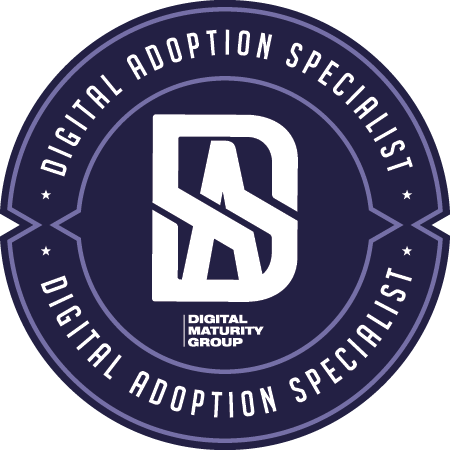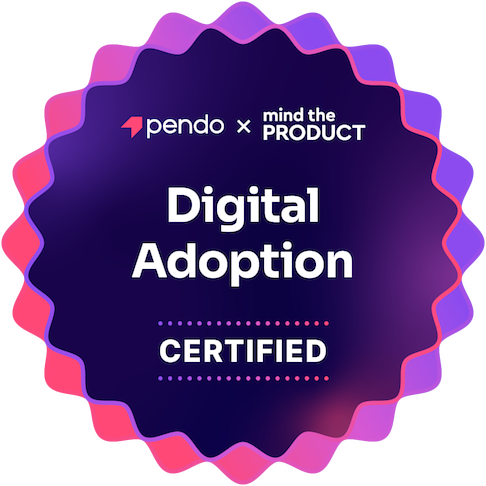One of the first steps in every brand development project for a client is the generation of a powerful and meaningful colour palette. Colour is a very important part of your branding. It’s often the first thing someone will remember about a brand and plays a huge part in how they feel towards it. There is a significant amount of thought and time that’s put into choosing the right brand colour with consideration for colour frameworks like RGB, CMYK, HEX and PMS. Keeping that colour consistent across both online and offline mediums is crucial for brand recognition.
However, maintaining consistency can be a difficult and often frustrating challenge, as there are so many factors that can affect colour. Each screen has different specs. Different paper has variant saturation and impacts on hue and brightness. Printing on a billboard, a fleet vehicle, or the side of a building all have its own unique challenges. While nobody can control the variations inherent in billions of online and offline mediums, there are colour types we use that are universal.
Below is an example of the Brand Guideline document Wingman created for our client, Access eHealth Technologies. It lays out the Hexadecimal (HEX), RBG, and CMYK values to be maintained by our crew as we develop collateral and for the client to adhere to as well.

But what do these acronyms — plus Pantone (PMS) — mean? When should you use each colour framework? Why do we need four different formulas to generate the same colours? Is there a conversion tool to help?
What’s the Difference between PMS, CMYK, RGB and HEX?
There are two basic categories of colour types: offline (print) and online (screen/digital). Digital and print mediums render colour very differently. Colour on the printed page is subtractive, while colour onscreen is additive.
With this understanding, each of the four frameworks are distinct for only one or the other. PMS, CMYK, RGB and HEX all fall into one of the two basic categories:
- PMS and CMYK are for print.
- RGB and HEX are for onscreen.
PMS
PMS stands for Pantone® Matching System. It is used for print and exclusively for offset printing when the colour needs to be “bang-on.” It is often used in one or two-colour jobs like stationery or substrates. It often also gets used as an additional colour in 4- colour CMYK processing (see below) when a specific colour such as TD Bank’s green logo can’t simply be “close enough.”
PMS colours are standardized patented colour inks made by the Pantone company. Pantone was the first comprehensive standardized system of creating and matching colours in the graphic community. Each of the almost 1,800 PMS colours in its Formula Guide is a Pantone proprietary blend. This high level of standardization allows companies to ensure the strictest colour consistency across different print products for their branding, especially logos.
CMYK
CMYK (also called 4-colour or full-colour print) is an acronym for four colours — cyan, magenta, yellow, black. When combined, they make up virtually every colour of the rainbow. It is used for both offset and digital printing and is ideal for full-colour print jobs such as brochures, flyers, posters, and postcards.
- PMS is one solid colour.
- CMYK colour is all four colours at once. Tiny cyan, magenta, yellow and black dots are layered onto the paper (or other material) in various combinations, sizes and overlap patterns to create a vast spectrum of colours. The ink absorbs coloured light, which is why CMYK is a “subtractive” colour model.
RGB
RGB stands for Red-Green-Blue. This is specific to digital applications, including mobile devices, computer monitors, laptops, TVs, movie screens, games and illuminated signs. It is the process by which colours are rendered onscreen using combinations of red, green and blue. It is the most used colour profile for computers, TV screens and mobile devices. The RGB profile is an “additive” process because when you mix fully saturated versions of all three colours together, you get pure white. When you remove all three colours completely, you get black.
HEX
HEX is short for hexadecimal colour. A HEX colour code is a subset of RGB values with programmer language thrown in. It is also used for online and digital mediums. The HEX colour framework is the framework of choice for the web. A HEX colour is expressed as a six-digit alphanumeric combination defined by its mix of red, green and blue (RGB).
With this knowledge, you’ll be better prepared to colour match between print and digital media. Stay tuned for Part 2 of this blog, where we will discuss design using colour for BOTH online and offline mediums. Interested in getting started with developing your brand’s colours? Book a Wingman today.





